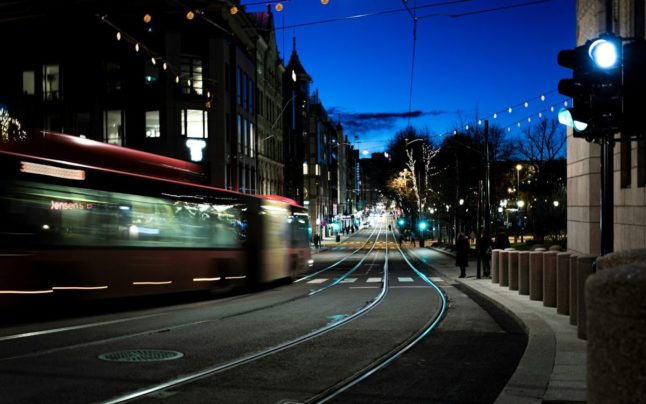Norway’s biggest city Oslo is also home to the biggest Pride celebrations in the country. This year’s festivities will run from Friday, June 23rd, until Saturday, July 1st.
A majority of the biggest events for the country’s largest celebration of equal rights, diversity and the LGTBQ community are organised by Oslo Pride.
Oslo Pride has organised several events over the week at four different venues. The venues will be the Pride Park (June 28th – July 1st), Pride House (June 2nd – July 1st), Mini Pride (June 24th – July 1st) and the location of the main Pride Parade (July 1st).
Pride Park will be a festival area on Kontraskjæret near Aker Brygge, while Pride House will be nearby at Christiania Torv. Mini Pride will be a meeting place for LGBTQ children, young people and families with small children.
The nearest stop, Kontraskjæret, can be inaccessible for some with disabilities and mobility problems as only older tram models stop there. The National Theatre bus stop and Storting T-bane stop are the next closest accessible stops.
Across the ten days of celebrations, there are around 230 shows, events, dinners, talks, workshops, film screenings, picnics and exhibitions. Oslo Pride has published the complete program on its website.
The beginning of Oslo Pride will be marked by an opening party at SALT in central Oslo on Friday July 23rs. The day after, there will be an event at Karmaklubb on Storgata. Another event will also be held at the same location the following Friday. And on Saturday, July 1st, an LGBTQ gathering will be held at Clarion Hotel The Hub, which is a stone’s throw from Oslo Central Station.
The centrepiece of the Pride celebrations in Oslo is the annual parade. It makes a return this year after last year’s march was delayed until the autumn following a shooting which left two dead and dozens injured on the eve of the parade. It is believed that the shooting was aimed at the LGBTQ community.
Oslo Police District has said it will be stepping up its presence this year with officers both in uniform and plain clothes.
Dan Bjørke, leader of Oslo Pride, has said there has been good dialogue with the police regarding security arrangements.
“We have close cooperation with the police, with continuous dialogue about the security system throughout the year. We are sure that the Oslo police district will do its utmost to ensure this will be a safe and great event,” he told the newspaper Klassekampen.
The full route for the parade has not yet been published. However, practical information in regards to the march has been released to the public. For starters, it will start at Grønlandsleiret in Oslo and stretch 3km through the city from 1pm.
Grønland T-bane station is the closest public transport stop to the beginning of the parade. Other public transport in the area will be affected by road closures.
Stewards will line the entire route, and people are asked to bring water as there won’t be any available when the parade begins. Attendees are also asked to check the weather. People are not allowed to bring alcohol to the parade as it will break the rules on drinking in public. Other practical information on the parade is available in both English and Norwegian.



 Please whitelist us to continue reading.
Please whitelist us to continue reading.
Member comments